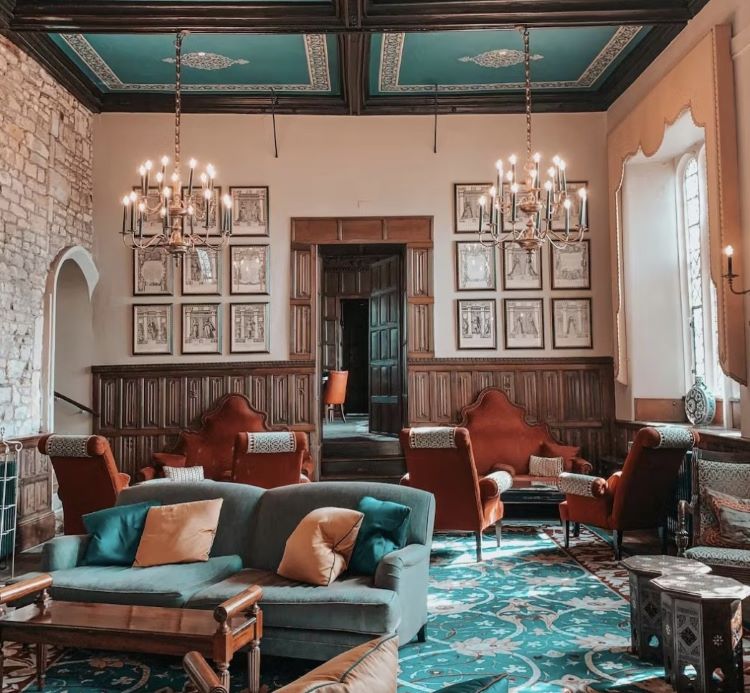UNWTO says the Intellectual Property (IP) system, be it through designs or trademarks, can create a favourable ecosystem for innovation, entrepreneurship and investment in tourism.
Hazel Jain
Promote creativity
While the tourism sector has taken a hit during the pandemic, it will recover and contribute to reigniting hard-hit economies. In this context, IP rights are powerful tools that can be used to boost tourism development and competitiveness. The IP system is designed to promote creativity and innovation and support efforts by individuals, businesses and other actors to differentiate themselves and their products and services in the marketplace.
Protect local communities
The IP system ensures that creativity, innovation, traditions and cultural heritage in tourism are properly protected and commercialised and that the benefits are shared by all. Whether it is producing cheese, tea, pepper, wine or other products, geographical indications and appellations of origin can be used to support the growth of rural tourism and provide benefits to local communities. It can also support the growth of rural tourism by enhancing tourism in agricultural rural areas.
Attract investment
Different IP rights can be leveraged to raise funds. Stakeholders around the globe are using IP rights to add value to tourism services and products, as well as to protect and promote local knowledge, traditions and cultural heritage. Not only does good IP knowledge and management help to make use of the protected intangibles, but it also attracts investments and leverages fundraising opportunities.
Create a distinctive identity
As IP contributes to the development of tourism products and to the reputational value of destinations, IP protection and management is becoming an increasingly important consideration for NTOs and DMOs. There is growing awareness of the need to protect each destination’s heritage and to capitalise on its tourism assets in order to generate value for local tourism stakeholders. This helps to accelerate the creation and development of SMEs. This in turn improves the destination’s positioning and helps to build a strong and vibrant brand identity.
Protect competitive advantage
Ornamental elements found in tourist accommodation in niche markets may be protected by design rights. The strategic use of design registration to protect ornamental or aesthetic aspects of furniture, for example, may indirectly promote a destination’s cultural heritage and add value to the tourism experience. Owners and designers can form partnerships in order to introduce contemporary and/or traditional designs into boutique hotels, or to achieve market differentiation and an advantage.
Add a revenue stream
In addition to technological innovations, tourism businesses may also invest in creativity or quality. These investments in improving goods and services can also be protected through the IP system. Investments in R&D, product differentiation and marketing can be protected by the IP system.
 TravTalk India Online Magazine
TravTalk India Online Magazine





